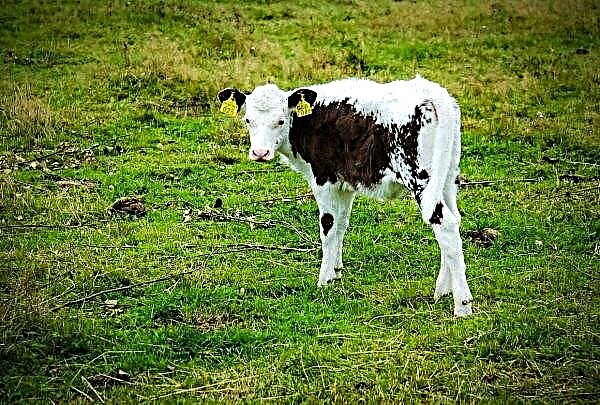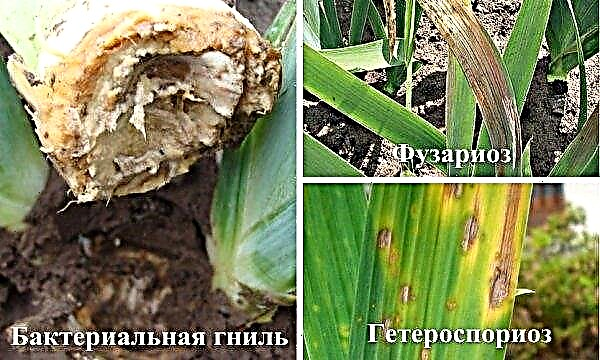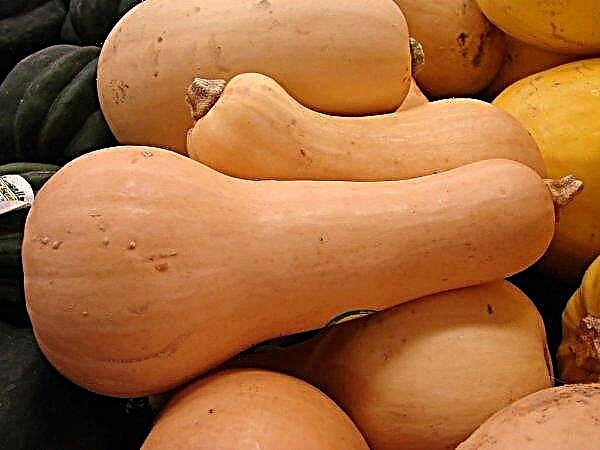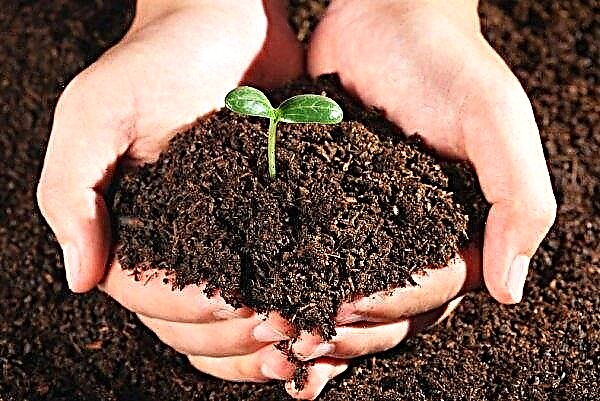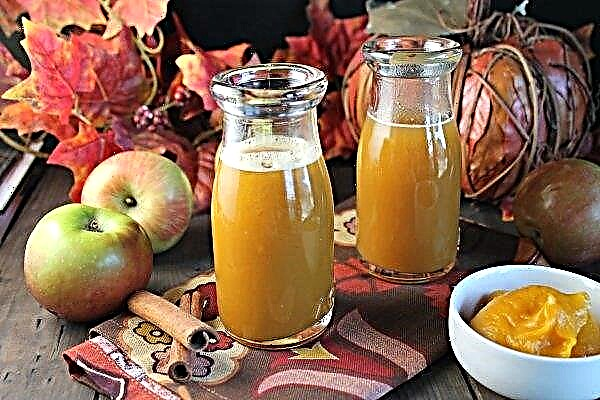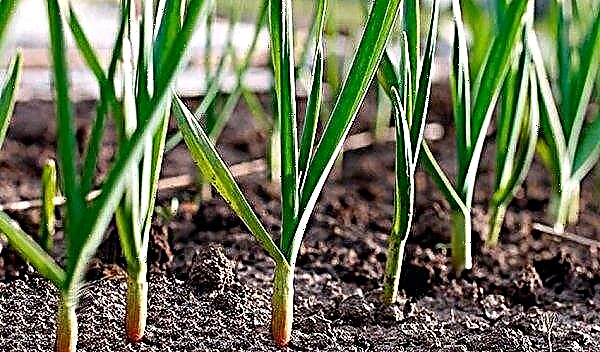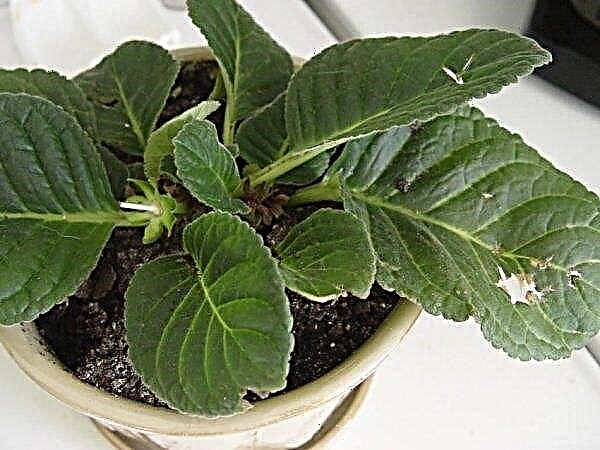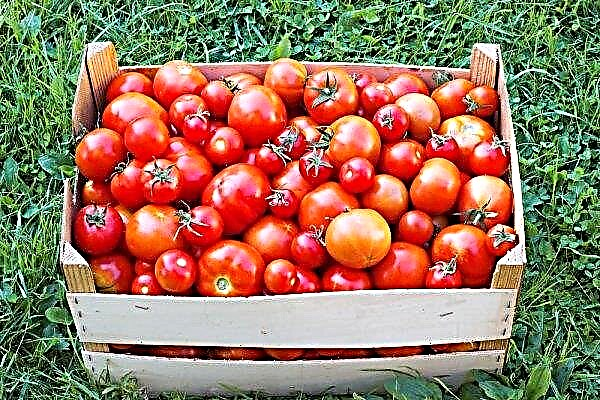Growing peppers is only half the way to getting a rich harvest, since it is important to collect the fruits correctly and, most importantly, in a timely manner. The article will discuss how to determine the degree of maturity of peppers grown in a greenhouse, when and how best to harvest, and how to accelerate the ripening of the crop.
How to understand that pepper in a greenhouse is ripe?
Culture has two phases of ripeness: biological and technical.
You can determine the biological ripeness of the fruit by their color - it becomes brighter and depending on the variety:
- orange
- red;
- yellowish;
- brown;
- lilac.
The technical ripeness of sweet pepper fruits implies their picking before full ripening, such fruits have a yellowish or greenish color, are better transported and stored. If a fully ripened vegetable is stored for about two weeks, then plucked until completely ripe, stored for at least two months. In addition, you can determine the degree of ripeness of bell pepper by sound: a ripe fruit crackles when pressed.
Hot peppers are considered ripe when the leaves on the bush turn yellow, the lower ones dry, and the pods become bright in color: orange, yellow or red. If you rub the back of your hand with a pod, a sign of ripeness will be a slight burning sensation on the skin - which means that pepper has already accumulated enough bitter substances.Did you know? Sweet pepper came to Russia at 16–17 centuries, but was originally used not as food, but as an ornamental plant.
Pepper picking dates
The culture grown in the greenhouse is harvested to achieve biological or technical maturity. Depends on which variety is in question. The main thing is to harvest before the onset of frost.

Biologically ripe bell peppers remain less than technically. Such ripeness occurs approximately two months after the first germination (the exact timing is determined by the variety and indicated on the package with seeds), biological - 20-30 days after technical ripeness (depending on the ambient air temperature: the higher it is, the faster it ripens) .
Bitter peppers are harvested after they reach biological maturity (150-200 days from the first germination), because the ripe the fruit, the more it contains natural preservatives that prolong storage.
Pepper rules and technology
It is desirable to grow vegetables in greenhouses made of polycarbonate, and it is undesirable to plant them in film and unheated greenhouses, since polycarbonate is good at letting in the ultraviolet light needed for a given crop and maintaining the temperature balance.
The first crops are harvested in mid-August, the last - before the onset of winter. In the greenhouse, you need to act selectively and pick the fruits with a weekly interval.Important! When harvesting this crop, you should trim the fruits from the bush along with the stem — so they will retain their appearance and useful properties longer, and in the case of technical assembly they will ripen without loss of quality.
Cleaning recommendations:
- proceed with caution: fragile shoots, when cutting fruits, try not to damage the branches of the bush;
- the fruits should not be damaged: places of injury will become centers of rapid spoilage;
- when you are delaying the harvest, subsequent ripening may come to naught;
- with proper fruit care, you can collect, on average, four crops of peppers per season;
- when frost occurs, you need to collect the last crop and sort the fruits by maturity, in order to understand which fruits will ripen.

How to accelerate fruit ripening?
In regions with short summers and early winters, pepper is not always able to grow until it ripens completely, so there is a need to accelerate crop growth. You need to start with the correct planting of the plant. The beginning of the development of culture affects its further formation and fruiting.
Sowing seeds
Sowing seeds for seedlings should begin in late February or early March. Before planting, the planting material is disinfected in a 1% potassium permanganate solution. For this, the seeds are left in the solution for half an hour, then washed.
After that, the seeds are soaked in a solution with wood ash or in a growth stimulator for a day. Then they are washed and left on a plate, covered with a damp cloth for germination. The ambient temperature should be +20 ... + 25 ° С. Sprouted seeds are laid in containers with moistened soil to a depth of not more than 1 cm. The containers are covered with a film and put in a warm place.
Seedling Care
After the emergence of seedlings, the containers with seedlings are exposed and gradually remove the film. Watering should be regular. After 2 weeks, seedlings can be fed with complex liquid fertilizers.
When the first 2 true leaves appear, you need to dive. Seedlings are considered ready for planting in a greenhouse at about the age of 2 months. Plants must have 16-17 true leaves.Important! It is necessary to plant with a lump of earth, so as not to damage the fragile root system. And you can not deepen the plant more than it grew in a pot.
Rules for the greenhouse
When planting seedlings in a greenhouse, it is necessary to provide the following conditions and care:
- Soil temperature. The early planting rule for early harvesting with pepper does not work - you need to plant the crop in well-warmed soil, about + 18 ° C.
- Heat. The air temperature in the greenhouse should be maintained at + 18 ° C in the daytime and not lower than + 14 ° C at night. There should not be sudden changes.
- Illumination. The bushes need good light lasting 12-14 hours. The tallest plants should be placed in the center of the garden, undersized will feel good from the edge of the garden.
- The soil. Culture loves light and fertile soil. Apply organic fertilizer before planting. Add dolomite flour to the soil to reduce acidity. Loosen the soil before planting.
- Landing pattern. Growing, the plant becomes large and sprawling, so it can close the lighting for neighboring plants, and besides, there will be insufficient nutrients in the soil for its growth and maturation. Therefore, for tall plants, the distance between rows is 70 cm, between bushes - 40 cm. For undersized plants, 30–35 cm between plants is sufficient, but between rows it remains the same.
- Watering. Vegetables should be watered rarely, but plentifully. Excessive and frequent watering can lead to bacterial and fungal diseases.
- Fertilizers Do not forget about top dressing, but the main thing is not to overdo it with nitrogen: it should not be abundantly added during the flowering and fruiting period.

Trimming and shaping a bush
Two to three shoots are enough for bell pepper, so the rest are removed.
Also, to accelerate the bulk of the crop, you must do the following:
- during early ripening, remove the crown bud;
- during active flowering, remove the empty flower;
- at the end of summer, remove all flowers;
- during fruit growth, get rid of all shoots;
- before the cold season, pick small fruits that cannot reach full maturity before the onset of cold weather.
Did you know? Some people think that hot peppers are called «Chile» because of the country of the same name, but this is not so. In fact, chilli, translated from the Indian language, nouatl means "red".
Pepper picking is a simple process. The main thing is to take care of this in a timely manner, correctly determine the timing of the harvest, and also study the rules and technology for collecting vegetables. And then you can enjoy a generous harvest and keep it fresh for a long time.

